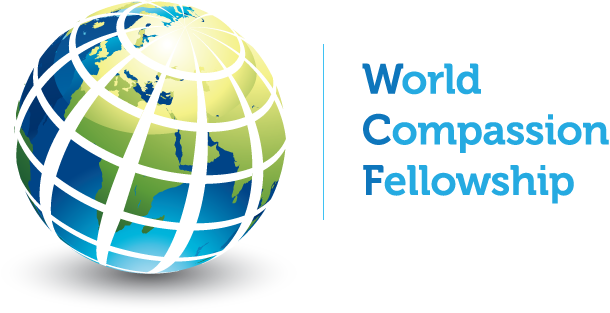SOUTH ASIA MEDICAL LIFE CENTER
This past week, I had a chance to visit our projects in Pakistan. During the onset of COVID, we were able to work with our field partners to provide several months of Food and Hygiene care packages to approximately 11,000 of some of the poorest of the poor in northern Pakistan. I was able to meet with dozens of our beneficiaries who were so grateful for our help.
Food Distribution at a Brick Kiln
We visited dozens of homes in multiple slums in this populous northeastern city. The living conditions ranked as bad as I've ever visited in the world outside of a war zone. One or two rooms to house up to 12 people - no kitchens, no bathrooms - bathrooms were communal outhouses somewhere outside. Utterly no privacy or security. Families were jam packed into these concrete houses with very little.
Imagine if this was your bedroom!
Some areas we visited were more rural, but the housing units were still packed. Families rent homes on fields where they take care of the owner's cows or goats. For that privilege, they had to pay the owners for the cow's dung they used as cooking fuel or even for flooring. Some of these families had literally no roof over their heads. Pictures cannot tell you how oppressive was the heat or how the swarms of flies and mosquitoes felt or how the animal dung smelled as you sleep next to it.
The vast majority of the men worked as manual labor daily wage workers. Life was already very difficult for them prior to COVID. However, COVID caused most to lose their jobs for months at a time. Many went into debt just to buy food.
Vulnerable Girls
During my home visits, I met so many families with young girls, some between the ages of 13 and 25. Many of them in the city worked as house maids. I asked some if they have hope for a future doing something else. Most had no real hope. One girl said that the work is not dignified and they would like to do something else, but what choice do they have? They have to survive. I met another young girl who was told there was a sewing class nearby, but the girl said by the time she gets home she's too exhausted. I urged her to make the effort and I made her promise me to try. Getting better jobs is one of the only practical ways out of this trap.
Three young girls to the left work as housemaids. Somehow 12 people live in 2 rooms this size.
Medical Life Center
The vast majority of the poor community in the outskirts of the city had virtually no access to affordable medical care. Medical services in this area are virtually nil and whatever is available is out of reach for almost everyone in this area. This inspired us to work with our friends to launch a brand new Medical Life Center. The demand was so high, that we've already seen more than 1,200 patients despite having a single physician and starting only a few months ago.
Waiting room
It became quickly clear to me how important our services were. Young and old were coming in with massively infected wounds - from falling off a motorcycle (which typically could carry a family of 6) or chemical burns. Others came in with scabies - creatures that burrow in and lay eggs into your skin. Or malaria from the swarms of mosquitoes. Others are severely malnourished or dehydrated. For some reason, there's a huge number of people infected with Hepatitis C. Chronic illnesses are also common. The people have been greatly blessed to suddenly have access to medical care for the first time in their lives. It struck me that many people have gone into debt over medical costs or allowed treatable illnesses fester until they became deadly. This medical service has been life-giving.
Untreated wounds quickly become infected and could result in loss of limbs
Brick Kilns
As part of our medical care, our Medical staff commits to conducting an onsite clinic at a brick kiln. The brick kilns have families who borrow large sums of money from the owners who then have them make a quota of bricks for miniscule pay. The typical quota is 1,000 bricks/day for $3. However, they also have to pay for the mud used to make the bricks so their net is even smaller. Some people I met were there for 20 years. Many of the younger children were born there. There's no end. When COVID happened, many factories closed for awhile and then the families had to borrow even more money for food and essentials. Most have no hope in getting out as their children will have to keep working to pay off the never ending debt. The entire system is rigged against them.
It was brutal during our visit with temps over 110 degrees and families were out making bricks with no shade. I was visiting with them for several hours in the hot sun and the camera we were using to interview people overheated and shut down. Our medical equipment also kept failing due to the heat.
Sadly, malnutrition, scabies, malaria and water-borne diseases is common here
Conclusion
After my visit, I feel burdened to try to do more. I am looking to help expand our existing Life Center to include English, Computer and other practical job skills training. Our partner already has an ongoing successful sewing program. Other practical help such as building roofs or food relief seemed a critical short term need.
For more information about our Medical Life Center, click here:
https://wcfellowship.com/our-projects/life-center/pakistan-medical-life-center
For more information about our Food and Building Roof HumanItarian Program, click here:
https://wcfellowship.com/our-projects/humanitarian/pakistan-humanitarian-relief
God bless you for your giving!
Jerry








